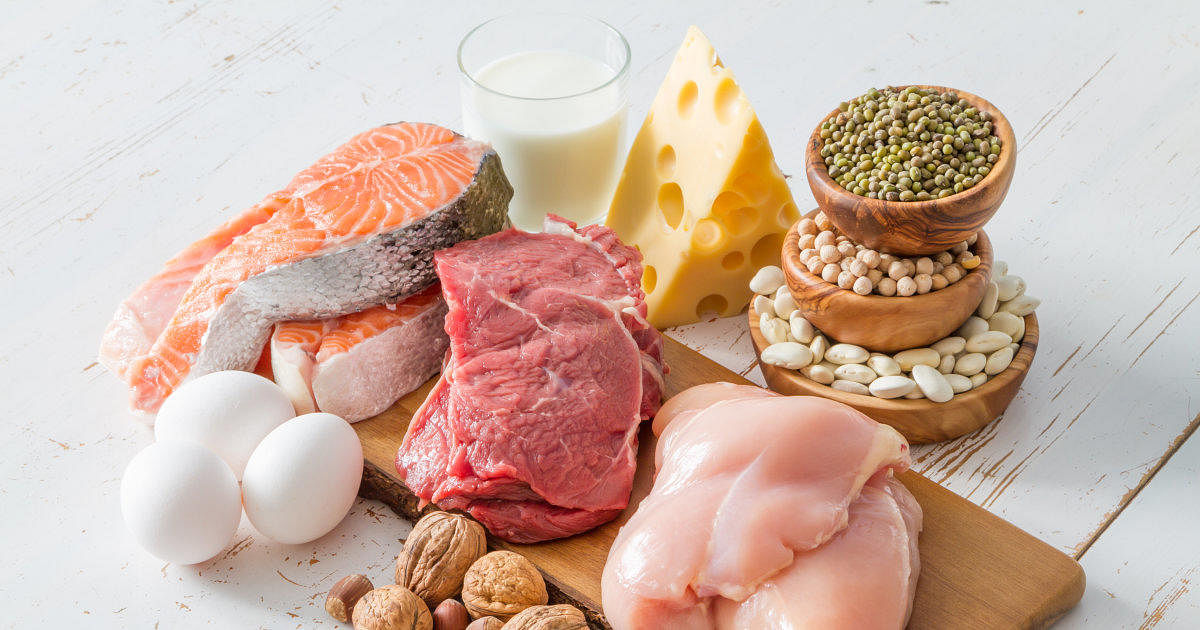
Even though every second Indian child is affected by some form of malnutrition, most of them don't get the right kind of food and adequate nutrition because of the predominantly cereal-centric diet they get at home.
Consumption of protein-based calories is negligible for Indian children and its intake share remains unchanged in the last two decades. In addition, there is a decline in calorie-share of fruits and vegetables, says UNICEF's new State of the World's Children 2019 report released here on Wednesday.
Indian diet composition continues to be cereal centric notwithstanding the fact that a cereal-based diet does not meet the caloric composition of a healthy diet.
While there is a rise in the income level of an average Indian over the years, the corresponding change in the food habit is high increments in fat consumption, says the report.
There is a substantial gaps in the consumption of milk and dairy products between the rich and poor but when it comes to eggs and protein, the intake is low across income groups.
The signs of malnutrition are everywhere. In India, every second child is affected by some form of malnutrition – stunting (35%), wasting (17%), underweight (33%) and overweight (2%). Nearly 80 per cent kids (6-23 months) don't receive minimum dietary.
Almost half of the children are stunted in the worst-affected states compared with a fifth in the least-affected states. The country also houses the world's maximum number of wasted kids, who are too thin for his or her height.The UNICEF report flags several examples of dietary imbalances experienced by Indian children and their mothers.Only 61per cent of children, adolescents and mothers consume dairy products at least once a week and just 40% consume fruits once a week.Over 85 per cent
of children (5 to 9 years) and adolescents and 75 per cent
of mothers consume pulses and dark green leafy vegetables at least once in every seven days.
Although an Indian family puts away half of its total spending on food, poor families tend to select low-quality foods that cost less.
The marketing of unhealthy foods and sugar-sweetened beverages are changing the Indian diet. The increasing availability of inexpensive, high calorie foods are replacing local, often healthier, diets. One in 10 children consumes sugar beverages each week
As a consequence, the deficiency in vitamins and other essential nutrients – caused by poor, unhealthy diets is now the main risk factor for several diseases among children. This was also seen in the Union Health Ministry's recent Comprehensive National Nutrition Survey.
One in 5 children under the age of 5 have vitamin A deficiency, with it being a moderate to severe public health problem across 20 states. Every second Indian woman and 40% of kids are anemic and one in 10 kids are pre-diabetic.
“We have lost sight of this most basic fact. If children eat poorly, they live poorly. Millions of children subsist on an unhealthy diet because they simply do not have a better choice,” said Henrietta Fore, UNICEF Executive Director.
The report finds that at least one in three children under five – or 200 million – is either undernourished or overweight. Nearly 66 per cent of children between six months and two years of age are not fed food that supports their rapidly growing bodies and brains, putting them at risk of poor brain development, weak learning, low immunity, increased infections and, in many cases, death.
